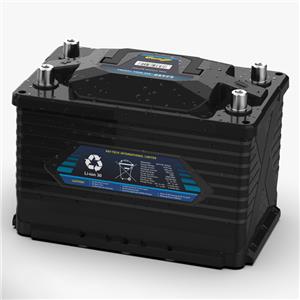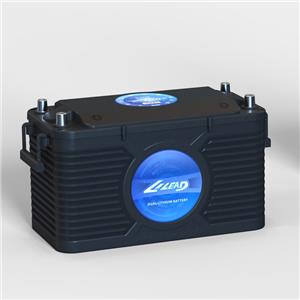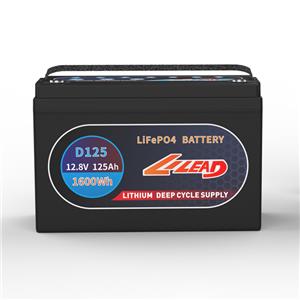Breaking the Dendrite Problem of Rechargeable Lithium Battery Opens the Door to the Design of New Solid State Battery
Researchers from Massachusetts Institute of Technology explained the formation of dendrites in rechargeable lithium batteries and how to prevent them from passing through the electrolyte. This discovery may eventually open the door to the design of a new rechargeable lithium battery, which is lighter, more compact and safer than the current version.
So far, the commercial use of rechargeable lithium metal batteries is limited, one of which is dendrite. Dendrites can accumulate on the lithium surface, penetrate into the solid electrolyte, and finally cross from one electrode to another, making the battery short circuited.
The early research of MIT found that the lithium ion solid electrolyte materials shuttle back and forth during battery charging and discharging, which will lead to the change of electrode volume. This will inevitably cause stress in the solid electrolyte, which must maintain full contact with the two electrodes sandwiched in the middle. "In order to deposit this metal, it is necessary to expand the volume, because the new mass is increasing. Therefore, the volume of the lithium battery side has increased. If there are even small defects, they will produce pressure on these defects, leading to cracking."
The research team now finds that these pressures can lead to cracks, which form dendrites. Facts have proved that the solution to the problem is to exert pressure in the right direction and with appropriate force.
Previously, some researchers believed that dendrites were formed by pure electrochemical processes rather than mechanical processes, but the team's experiments showed that the problem was caused by mechanical stress.
The formation process of cell dendrites usually takes place in the depth of opaque materials, which cannot be directly observed. Therefore, researchers have developed a method to make thin cells using transparent electrolyte, which can directly see and record the entire process.
The team proved that they can directly control the growth of dendrites by applying and releasing pressure, so that the direction of dendrites and force is completely consistent. Mechanical stress on solid electrolyte can not eliminate the formation of dendrites, but it can control their growth direction. This means that they can be guided parallel to the two electrodes and prevented from passing through the other side, thereby becoming harmless.
Another method is to "dope" and embed atoms in the material to make it deformed and in a permanent stress state. Experiments show that the pressure of 150 to 200 MPa is enough to prevent dendrites from passing through the electrolyte.
Previously, it was believed that sandwich like multilayer structures could prevent the formation of dendritic structures. However, new experiments have proved that the extrusion of materials perpendicular to the direction of the battery plate will actually aggravate the formation of dendritic structure. Instead, there should be pressure along the plane, as if it were squeezing from the side of the sandwich.




